Click on THIS LINK to see ‘Trails of Greystones’:
a guide to a walking tour of Greystones
from Greystones Archaeological and Historical Society,
in association with the La Touche Legacy Committee
The marriage of Colonel Frederick Burnaby and Elizabeth Hawkins Whitshed explains the names of a lot of places in Greystones. Click HERE to read more about Colonel Burnaby and HERE to read more about Elizabeth.
There are many place called after Colonel Burnaby even though he only paid a short visit here. He died in 1885. Elizabeth was a landowner in Greystones. She owned the land on which the Burnaby Estate is built. She called the estate after Colonel Burnaby. It was built in the early 1900s.
There is the Burnaby Estate, Burnaby Park and The Burnaby Pub also in the town
Burnaby Avenue
Burnaby Court
Burnaby Heights
Burnaby Lawn
Burnaby Manor
Burnaby Mews
Burnaby Mill
Burnaby Park
Burnaby Way
and Burnaby Wood
In the Burnaby Estate there is
St. Vincent’s Road (called after Elizabeth’s father). Here it is in 1985:
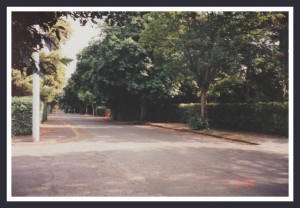
Hawkins Lane
Whitshed Road (Hawkins and Whitshed were Elizabeth’s family names).
Portland Road ( The Duke of Portland was Elizabeth’s cousin). This is Portland Road in 1985:
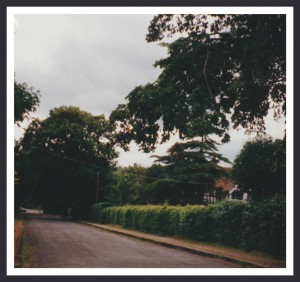
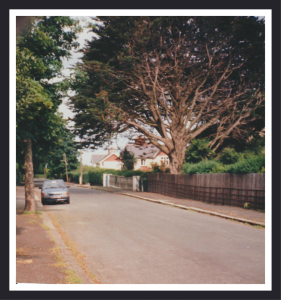
Somerby Road after the town in Leicestershire where the family had connections,
Erskine Avenue after another family member
and Burnaby Road.
Here are some photos of Burnaby Park around 1985
Before Christmas the children in St.Brigid’s interviewed their grown ups about Christmas when they were young.
They remembered. ‘Trying to be good. Asking for a surprise. Letters to Santa being sent up the chimney (not advised nowadays) or by post to the North Pole. Shouting up the chimney to Santa. Counting the days on the Advent calendar’.
‘Making a wish when stirring the Christmas cake mixture. Putting a few pennies in the plum pudding mix. The moving crib. Making paper chains. Midnight mass. It was great going out so late! Going to Mass in new clothes. Leaving Santa something to eat and drink. Spiced beef’.
‘Being excited and finding it hard to get to sleep. Trying to stay awake to see Santa! The wind whistling in the chimney made me afraid in case I would be awake and Santa wouldn’t leave presents. The excitement of waking up early to see what Santa had brought. Big thick colouring books and markers and spending the day happily colouring in. I wish I was a little girl again!’
‘A family time. Seeing all the family together in one place. A special dinner with turkey, roast potatoes, brussels sprouts and gravy. Christmas pudding for dessert. Selection boxes. We didn’t get sweets every day back then. We had no TV! Christmas simpler then. It’s very commercialised now. But it’s better now because I have children!’
What Christmas was like in my grandparents childhood.
My story is about Christmas in the time of my mum’s parents, who were children during ‘The Emergency’ in Ireland (the 2nd World War 1939-45). My Dad’s parents were born during the First World War are not alive anymore so I couldn’t write about them. My Grandad was born in 1934 brought up on a farm in a rural village called Garryvoe in East Cork. My Granny was brought up in Blackrock in Cork City. She would have been three when World War 2 began and nine when it ended. My granddad would have been two years older.
At this time most of the world was at war and food was being rationed greatly to keep the armies going. And the other thing was Ireland was in an emergency because there was the threat of being invaded by the Allies if they joined the Axis power, or being invaded by the Axis powers if they joined the Allies. A lot of people had a grudge with the English over the War of Independence and wanted to join the Axis powers and others wanted to join the Allies to defeat the Axis powers and the rest want to stay neutral which they did. My other grandparents went and fought with the Royal Airforce.
The church played a big role in life and people washed and dressed in their best clothes to go to mass. Neither of my Grand parents had Christmas trees, it was not a tradition at the time. The crib was more important. My Grand mother remembers snow and the cold when walking to mass in Blackrock. My Grandad said he was an altar boy and had to walk from Garryvoe to Ballymacoda to serve the half eight Christmas morning mass. He said it was freezing. This walk would have taken about an hour so he would have had an early start. The rules for taking communion were different then, so he would not have eaten since the night before and would have gone to mass without a breakfast.
My Granddad’s family ate goose and my Granny’s ate turkey (My Granddad who lived on a farm reared his goose for Christmas). Goose is a very fatty meat so they had potato stuffing. They also had bread sauce, brussel spouts and plum pudding. There wasn’t much because of the rationing due to the war. Sugar in particular was in short supply.
My grand dad didn’t write letters to ‘Santa’ but my Granny did and her Dad had a tradition to bring his children to go into Cork city to see ‘Santa’ who gave her and her siblings balloons as the present that you get when you go to see ‘Santa’. For both of my grand parents ‘Santa’ brought very little compared to what ‘Santa’ brings today. ‘Santa’ brought dolls, hats, scarves and gloves for the girls and he brought wooden toys like hurls for the boys. And for my Granny ‘Santa’ put oranges in the Christmas stockings. You might say ‘An orange, Why an orange?’ The reason she got oranges in her stocking was because at the time oranges were considered exotic.
On the day after Christmas, Stephen’s Day people would call round to each other to visit and a group called the Wren Boys called round to the houses singing carols. The Wren boys were thought as being the hard lads from around the town. My granddad used go with them. If he made a half a crown he’d be very happy. This is about 25 cent today. Christmas was very different when my grandparents were young.
Strand: My Locality
Strand Unit: My Locality throughout the ages
study a period or periods in the history of the town, parish or county
become familiar
with important events in the history of the locality,
setting local figures or events
in the national and international context where relevant. In addition to the developments suggested for this unit in third and fourth classes, suitable subjects might include
 Piyushgiri Revagar via Compfight
Piyushgiri Revagar via Compfight
Chill Mhantáin means the church or cell of Mantáin.
Mantáin was thought to be a toothless man
who turned to Christianity shortly
after St. Patrick arrived in Ireland.
You can read more about Mantáin HERE
The name Wicklow is from Viking-lo,
which means a low-lying swamp or meadow near water.
 Neil Dorgan via Compfight
Neil Dorgan via Compfight
Kindlestown Hill is believed to be the location
of a hill fort dating back to the Iron Age.
You can read more about this if you click onthis LINK
Click HERE to see how an Iron Age house was built.
We think this is a really cool animation.
Click HERE to see how to build an Iron Age chariot
Reviewed by Seán from Third Class: This was an interesting activity.
The story reminded me of what I learned about Egyptian burials,
There were a lot of steps and I found it a bit complicated.
I didn’t think it was as interesting as making fire and bread
in the other Iron Age activity from the BBC website HERE
Click HERE to learn more about day to day life
in the Iron Age through this interactive game on BBC. co.uk
We played this game and we learned
how they made fire,
made bread
and spun wool in the Iron Age..
Reviewed by Seán from 3rd Class. I enjoyed learning how to make fire and make bread like they did in the Iron Age. I preferred this activity to the one where you see how an Iron Age chariot is built. That activity is HERE
If you Click HERE on this link and look
at the bottom left hand corner you can see
a game called Hild and the Village Feast.
We think you would enjoy it.
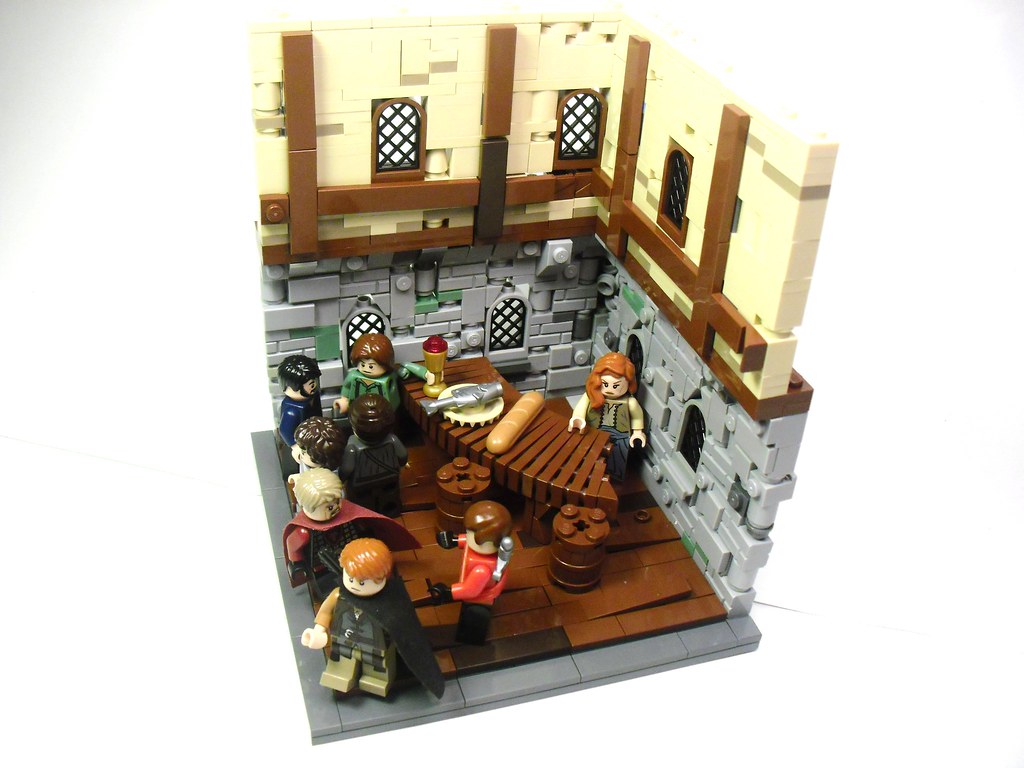 Julia LeeP via Compfight
Julia LeeP via Compfight
Review by Seán from 3rd Class: I really liked this activity. You got to go round the village and collect things. You got to see what the village looked like back then.
Click HERE to learn about the Iron Age kitchen and Click HERE on Part 1 to read about how the Celts cooked. Both these activities are from © NGfL / GCaD Cymru
 Wessex Archaeology via Compfight
Wessex Archaeology via Compfight
Review by Seán: I visited this activity. I know a bit about the Iron Age already so I felt I didn’t learn anything new. The activity is very simple and not terribly fun.
This is an easy one.
Castle Villas and Castlefield Terrace
are so named because there are
the ruins of a castle
in the back garden of No.6 Castle Villas.
You can see photos of the castle
and learn more about it
on Greystones Guide .
Please monitor your children online.
Click on this link to see mentions of Greystones on the County Wicklow Heritage website
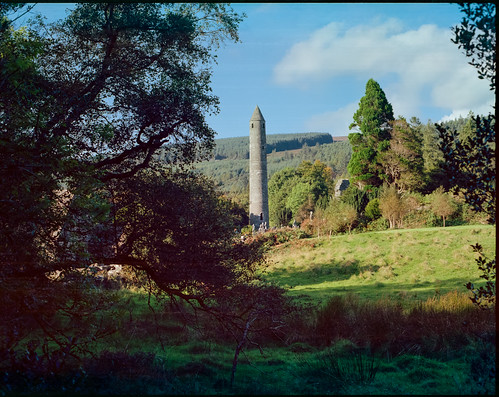
![]() Rob Hurson via Compfight
Rob Hurson via Compfight
 Guido Gloor Modjib via Compfight
Guido Gloor Modjib via Compfight
When a group of people, an army perhaps surround
and attack a place; a town, a city, a fortified place
so that the people there cannot get help or food,
this is called a siege.
A siege can last for days, weeks, months or years.
The aim of a siege is to weaken the people that are inside
so that the people who are outside can beat them
and win the battle.
The people inside, try to stay strong and wait for rescue.
Kimberley Road in Greystones is named after a famous siege;
the Siege of Kimberley.
You can read more about this HERE
Click HERE to try an Irish History Timeline Quiz
It is an interesting way to learn about time lines.
We guessed some of the answers
and got them right.
We did the timeline three times
and the last time we got all the questions right.
We thought this was an interesting way to learn.
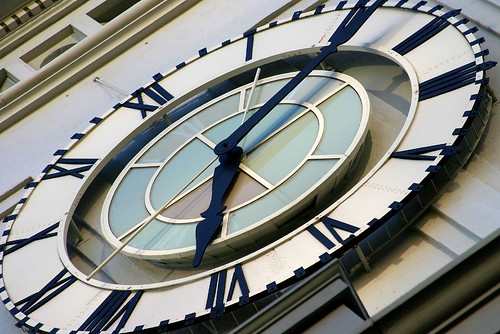 Thomas Hawk via Compfight
Thomas Hawk via Compfight
Click HERE to learn about what the Vikings wore.
This activity is on the Gridgame website.
During the 1798 rebellion, the Irish rebels hid
in Killincarrig Castle to avoid getting caught!
St.Patrick’s Church, Kilquade was burnt down in 1798.
Killincarrig Castle was a manor house
built about 1620.
This manor seemed a popular place
for both soldiers and rebels to stay over the centuries.
During the Eleven Years War (1641-1653)
the castle became a stronghold
by the Catholic Confederates.
After that in 1649, legend has it that Oliver Cromwell
an English leader came to stay.
He was considered to be a hero in England,
but a villain in Ireland, responsible for
great loss of life in Ireland.
The legend says that Cromwell
spent a night in Killincarrig Castle
and that he posted some troops there
while he went south in search of his horse
which had been stolen by the Irish rebels.
On the same trip, he ransacked Kindlestown.
Later in history, during the 1798 rebellion,
the Irish rebels hid there after to avoid getting caught!
Some of us have visited this ruin.
It is in a lady’s back garden and is a protected structure.
Evidence of Killincarrig’s past has been found
such as old muskets, pistol balls, gunpowder measures
and other such equipment which were found in
and around the castle.
We think we are lucky to live in a place
that has such a rich and interesting history.
UPDATE:
Lots of great information about Killincarrig Castle
on Greystones Guide. Check out THIS link.
As always please supervise children online.
The internet is a portal to the outside world.
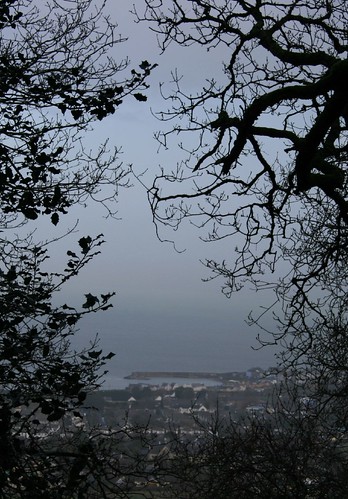 Neil Dorgan via Compfight
Neil Dorgan via Compfight
Kindlestown Castle was built by Norman nobleman,
Walter de Bendeville sometime around 1225.
In 1377 the wild O’Byrnes captured the castle.
It was taken back by the Normans
and in 1402 the O’Byrnes tried to capture the castle again but were defeated.
The castle gets its name from Albert de Kendley who owned both this castle
and Rathdown castle for a short amount of time.
There is more information about Kindlestown Castle HERE on Greystones Guide.
Please supervise children when they are researching online!
Our school backs onto Kimberley Road.
Kimberley Road was named after a British victory.
The town of Kimberley in South Africa
was besieged by the Boers.
The siege began on 14th October 1899
and was ended on 15th February 1900.
Click HERE to read more about the Siege of Kimberley.
People in Greystones used call Kimberley Road,
the Green Lane and the White Road,
because of the surface of the road over time.
Thanks to Gary Acheson and members of Historical Greystones Facebook page for this information.

![]() Photo Credit: Alexey Kljatov via Compfight
Photo Credit: Alexey Kljatov via Compfight
Christmas past and present.
Some students interviewed parents and grandparents
about Christmas when they were young. They remembered.
‘Trying to be good.
Asking for a surprise.
Letters to Santa being sent up the chimney (not advised nowadays)
or by post to the North Pole.
Shouting up the chimney to Santa.
Counting the days on the Advent calendar’.
They also remembered
‘Making a wish when stirring the Christmas cake mixture.
Putting a few pennies in the plum pudding mix.
The moving crib.
Making paper chains.
Midnight mass.
It was great going out so late!
Going to Mass in new clothes.
Leaving Santa something to eat and drink.
Spiced beef.
Being excited and finding it hard to get to sleep.
Trying to stay awake to see Santa!
The wind whistling in the chimney made me afraid
in case I would be awake and Santa wouldn’t leave presents.
The excitement of waking up early to see what Santa had brought.
Big thick colouring books and markers
and spending the day happily colouring in.
A family time.
Seeing all the family together in one place.
A special dinner with turkey, roast potatoes, brussels sprouts and gravy.
Christmas pudding for dessert.
Selection boxes. We didn’t get sweets every day back then.
We had no TV!
They said:
Christmas simpler then. It’s very commercialised now.
I wish I was a little girl again!
It’s better now because I have children!”
Thank you to the parents and grandparents
who shared their memories with us.
James Joseph Hazlett
from Greystones Town, Co. Wicklow
records no infirmities in his household,
‘except laziness,’ in the case of his wife Alice
and their housekeeper Nellie Brennan!
Click HERE for a link to the 1911 census for Greystones.
An aerial survey by Cambridge University
in July 1970 found cropmarks that showed Rathdown
was a medieval village or town
with signs of a castle, church and houses.
You can see the original photos HERE.
Can you work out where the village and castle
may have been from the markings on the ground?
What are crop marks?
When places where people once lived are deserted,
they become overgrown.
Eventually they are buried.
What is underneath the soil can affect
how the crops above them grow.
Ditches dug into the ground fill up
with soil over time. Crops grow well in these place.
They grow higher and look greener.
These create ‘positive’ cropmarks.
Where there are walls, floors or foundations underneath,
there is a thinner layer of soil.
Crops don’t grow as well on top of this rubble.
This creates ‘negative’ cropmarks.
Positive and negative cropmarks can be seen best from the air.
Click on this LINK to read more about cropmarks.
Click HERE for a very detailed excavation
at Rathdown dating from 1997.
Click HERE to see a timeline of the life and times of
Colonel Frederick Burnaby and Elizabeth Hawkins Whitshed.
 Vladimir Yaitskiy via Compfight
Vladimir Yaitskiy via Compfight
This is Trafalgar Road in Greystones.
Our school is located on Trafalgar Road.
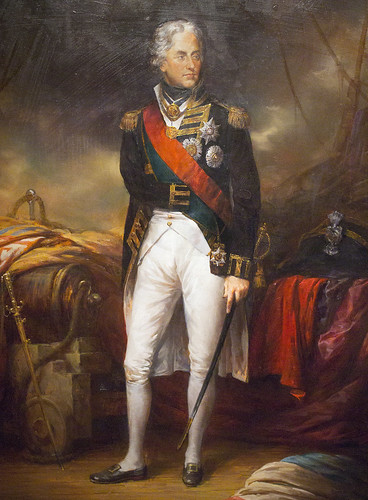
![]() C Watts via Compfight
C Watts via Compfight
Trafalgar Road got its name in 1855 to commemorate
the 50th anniversary of the Battle of Trafalgar.
This was a victory at sea for the British navy
led by Admiral Horatio Nelson.
The French navy were defeated.
Nelson lost his life at this battle.
Click HERE to learn more about
the Battle of Trafalgar and the
tactics and strategies that were
used.
We got this information from Gary Acheson on the Historical Greystones Facebook page.
Click HERE for a timeline of the Bronze Age
from the National Museum of Ireland.
Click HERE for a detailed timeline of Irish history from Mesolithic Ireland 8000BC
through Neolithic times, the Bronze Age and the Iron Age 2500BC
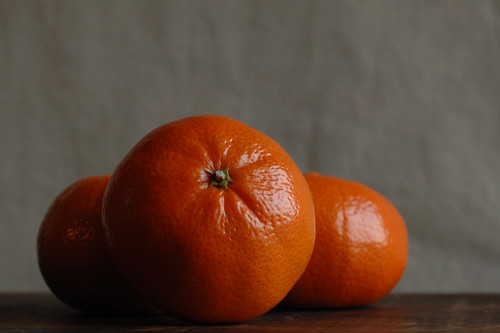
![]() Photo Credit: postbear eater of worlds via Compfight
Photo Credit: postbear eater of worlds via Compfight
It was just after the Second World War
in the early forties when Robyn’s granny
was about seven or eight. She said:
“Fruit that grew in hot countries
like bananas and oranges was scarce.
These could only be got if a cargo ship
made it through from Lisbon in Portugal.
These ships had to come through the Bay of Biscay
and many vessels were lost making the trip.
So it was a big treat when someone got…
an orange in their stocking.
Imagine!
This is not to say Christmas was not the most magical of times.
For weeks even months preparations were being made.
The Mammies were arranging with the butcher,
the baker and other shop keepers to keep stuff for them.
There were no supermarkets then
and very little money so people would go to these shops,
pick out what they wanted and pay a little for them every week,
so when Christmas week arrived everything was paid for.
The children had jobs to do too.
They would go to the woods
and gather holly and ivy to decorate the house.
We also collected for the neighbours
who had nobody to do it for them.
If they gave you a penny, it would be riches indeed,
but if they didn’t, it didn’t matter
as we had such fun gathering it.
To us they were wonderful times
and even if everything changes,
the message of Christmas remains the same.
Christ was born to us in a stable
bringing joy to the world and goodwill to man’.
There is lots of interesting information on this link,
however the videos don’t work
as we are outside the United Kingdom.
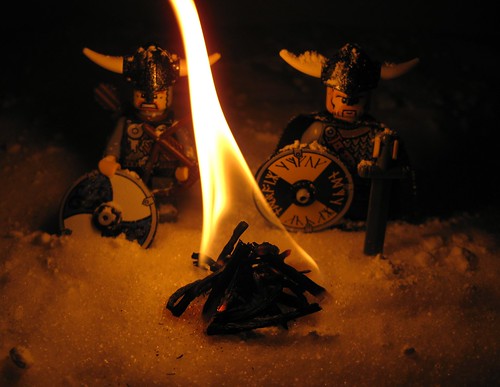 leg0fenris via Compfight
leg0fenris via Compfight
I have played a lot of history games. This one is my favourite.
Click HERE to play.
It is challenging but it is fun and you learn a great deal
about Stone Age times.
Why not try Viking Yourself – Viking Name Generator
It’s FUN.
When Seán tried it his Viking name was Seán the Good.
We think this describes our friend Seán perfectly.
Jack’s Viking name was Jack the Red. (His hair is brown!).
Leon’s was Leon of Ballor River and Nadine’s was Nadine Swordly.
Please supervise your children online.
Greystones was put on the map
with the coming of the railway.
The railway was built between 1854 and 1856
and joined Bray to Greystones.
Building the railway was a difficult job
because the railway line had to pass through solid rock.
Isambard Kingdom Brunel (1806-1859) was the engineer.
Tunnels were blasted through the rock using explosives.
The train station was built on the line
dividing the properties of two landowners:
the La Touche Family of Bellevue House to the East of Greystones
and the Hawkins-Whitshed family of Killincarrig House to the North.
It was only when the railway was officially opened in 1855
that many more people came to live in Greystones.
Many of them worked in Dublin and went there by train.
This is still true today.
The Dart first came to Greystones in 2000 AD
and Greystones continues to grow.
Click on this LINK to see some great pictures of the Greystones railway on the Greystones Guide and HERE for more details on the coming of the railway to Greystones on Peter McNiff’s blog featuring Noel Kennedy’s ‘History of Greystones’.
Click HERE for a Historical Cookbook
from the CookIt website.
For example you can see what the Vikings,
the Victorians and our GREAT grandparents liked to eat.
Click HERE and you can design a menu for a Viking
or a family during World War 2 who were living on rations.
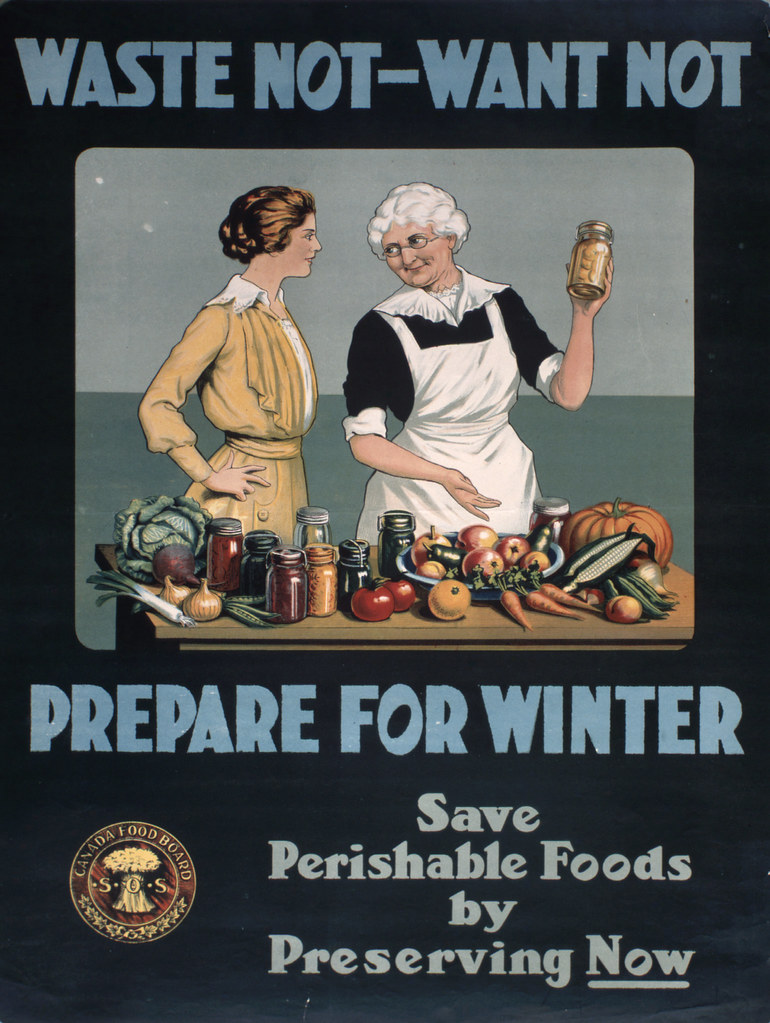
![]() BiblioArchives / LibraryArchives via Compfight
BiblioArchives / LibraryArchives via Compfight
Click HERE to learn more about the Victorians on the Dorling Kindersley website.